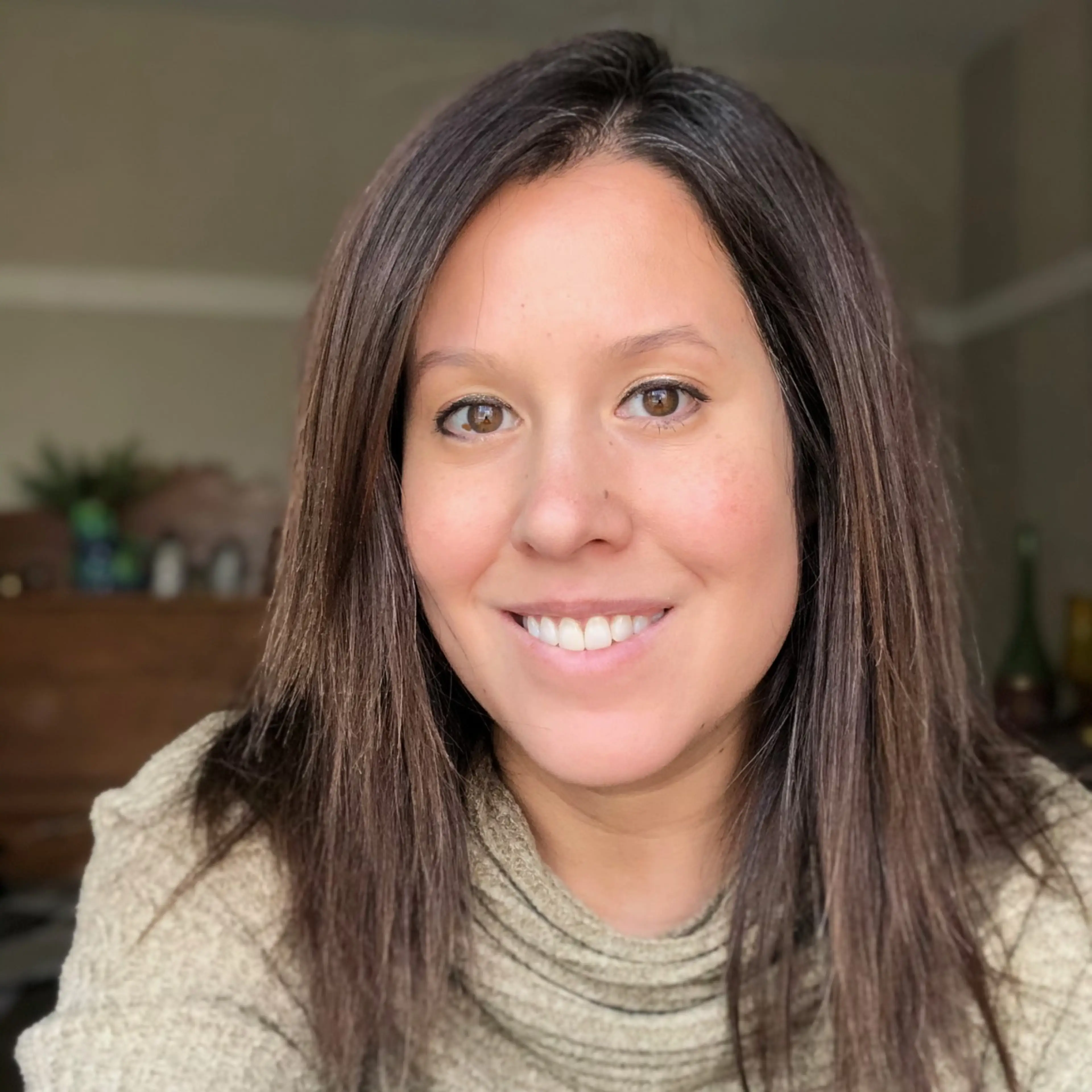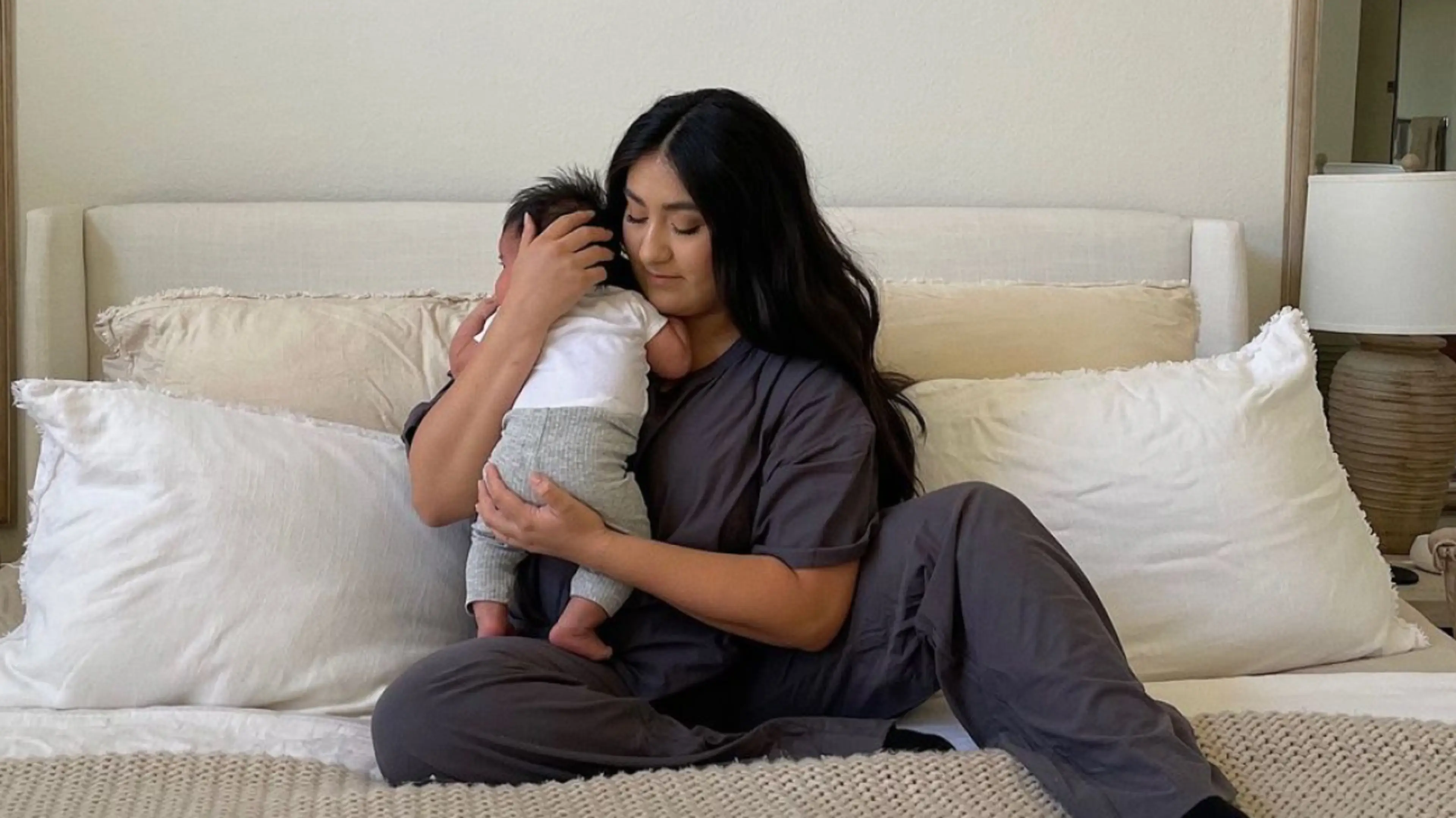Inflation, student loans, lack of affordable healthcare, the unattainable cost of a home, astronomical childcare costs, the loss of freedom—add it all up, and you’ve got a recipe for why Gen Z and some Millennials are less inclined to have kids compared to previous generations. All it takes is a look at several thriving Reddit threads to see this sentiment in action. Young people who actually want to have kids often feel like they simply can’t afford it.
One small way states are hoping to address these concerns—and perhaps more importantly, address the maternal mortality health crisis1 in the U.S.—is by expanding Medicaid coverage to include postpartum care for up to a year after giving birth (the baby is also covered for a full year). Here’s why that matters: Medicaid pays for roughly half of all U.S. births 2 , which are mostly women between the ages of 20 and 34. That’s the same group that says it’s too costly to have kids. Now, these mothers, and perhaps other would-be-moms, will have affordable access to arguably life-saving care during one of the most vulnerable points in their lives.
If this seems like a pretty big deal—you’re right! Fingers crossed this is a sign that the U.S. is entering an era of better access to maternal health care and a shift towards prioritizing policies that support new parents. With so many hurdles to parenthood, just knowing this safety net exists could be the difference between starting a family…or not. So, here’s what you need to know about where each state stands and what this policy change means for you.
First, How Is This Actually Helping Postpartum People?
In the short time since the postpartum Medicaid expansion rolled out in a number of states, researchers have been diving into the data to see if this change is actually bolstering the health of new moms. So far, the studies show it’s a resounding yes.
One study3 published in 2023 found that the rate of postpartum hospitalizations fell, as people had greater access to routine medical care. Another study4 found that women used twice as many postpartum services during the pandemic-related expansion, as well as three times the number of mental health and substance use disorder services. Women with expanded coverage were also more likely to seek preventive care postpartum, compared to the pre-pandemic group.
The expansion is also proving to be helpful for better screening and treatment for things like postpartum depression (PPD). A 2023 study5 found that it not only increased the number of prescription fills for antidepressants in later postpartum, but also narrowed the gap in treatment for people on Medicaid vs. commercial insurance. Researchers also found that people who were diagnosed with PPD early in their postpartum journey were more likely to continue treatment later on postpartum. Finally, they found an uptick in postpartum women accessing psychotherapy later in the year.
All of this is hopefully leading to one place: fewer women dying after giving birth in the U.S. These are the alarming facts: America has the highest maternal mortality rate among high-income countries. Black women have three times6 the pregnancy-related mortality rate compared to white women in this country. Four in five pregnancy-related deaths7 are preventable. Twenty-three percent of cases are due to mental health conditions, such as suicide and substance use issues. This has to change.
When Did This Policy Change Take Effect?
Remember the pandemic? Well, through all the horrors there was at least one good thing that came from it—an extension of Medicaid coverage. At the time, the government decided to allow people on Medicaid to remain continuously enrolled—despite income changes that could disqualify them—so they didn’t lose essential healthcare coverage when COVID-19 was sweeping across the world. While that provision ended on March 31, 2023, this laid the groundwork for Congress to include a coverage extension for postpartum people for up to 12 months under the American Rescue Plan Act of 2021. (Some states also allow these benefits through the Children’s Health Insurance Programs (CHIP))
When the extension kicked in on April 1, 2022, it was estimated that 720,000 pregnant and postpartum people8 became eligible to receive those benefits. Prior to that change, people who were granted pregnancy-related Medicaid benefits—meaning they had special eligibility when pregnant to qualify under a higher-income cut-off, more on that in a minute—were kicked off the plan after 60 days postpartum. It doesn’t take a genius to recognize that stripping new mothers of their health insurance two months after having a baby can lead to a sharp decline in their mental and physical health. Thankfully, states have been doing something about it.
A Note About Medicaid Eligibility
This gets complicated very quickly, but eligibility varies by state. In some states, your household income before taxes needs to be below a certain threshold, in addition to also falling into one of these categories:
Pregnant
Responsible for a child 18 years of age or younger
Blind
Have a disability or a family member in your household with a disability
65 years of age or older
In other states, simply having an income below a certain threshold means you are eligible. To make matters even more confusing, states may have different thresholds for household income cutoffs. If you are pregnant, that income threshold is higher, meaning you have special eligibility when pregnant to qualify for Medicaid.
Let’s look at an example on the state level. In Colorado, if you are an adult without children, you qualify for Medicaid if your income doesn’t exceed 133 percent of the Federal Poverty Level (FPL). If you are pregnant, your household income cannot exceed 195 percent of the FPL.
Here’s how that might look in real life. The FPL for a single-person household in 2024 is $15,060. (Those thresholds increase based on the number of people in your household). To qualify for Medicaid in Colorado as a single person, you would need to have an income of $20,029 or less. If you are pregnant, your income would need to be $29,367 or less. That means if you are pregnant and your income falls somewhere between those two numbers, you will lose Medicaid eligibility at some point after having your baby.
This is just a snapshot of the eligibility requirements. It’s easy to look at these numbers and assume this has nothing to do with you or the people you love, but numbers can’t tell stories.
The reality is that new mothers in this country are in a very vulnerable position, and that can play out in a number of ways. One is that the lack of federally mandated parental leave and childcare can put a strain on job stability—and losing a job may be the difference between having commercial health insurance and needing Medicaid benefits. Or perhaps a partner loses their job, which thrusts the family into a new economic situation. The point is, we could all find ourselves in life circumstances that we’d never imagined. It’s scary, nobody wants to be in that position—and for those reasons and more it’s important that we all look at these issues with less judgment and a lot more empathy and understanding.
Where Does This Legislation Stand in All 50 States?
First, the good news. As of February 20249 , most states—currently 44, including D.C.—have enrolled in Medicaid expansion, with postpartum benefits lasting for up to 12 months. However, what those benefits are varies by state.
Of the seven remaining states, four are planning to implement a 12-month extension (Alaska, Iowa, Nevada, and Utah), while Wisconsin has proposed a limited extension to 90 days postpartum. That leads us to the bad news. Two states, Idaho and Arkansas, have taken no action to extend Medicaid to protect women’s mental and physical health beyond 60 days postpartum.
What Does the Medicaid Expansion Cover for New Moms?
It’s great that most states are providing Medicaid coverage for a year postpartum, but what does that actually mean? Benefits vary by state, so your best bet is to check out your state’s government assistance website to see what exactly is covered. That said, there are some basics that most plans cover. Here’s a quick rundown of what you can expect:
Prenatal care: This was all included prior to the extension, but for the sake of being thorough, you can expect everything from vitamins, regular check-ups and ultrasounds, to services that prevent and monitor complications, like gestational diabetes and preeclampsia to be covered.
Delivery and inpatient maternity services: Anything that is needed to deliver your baby safely, including epidurals, medications, C-section, and more are covered. Many states even allow for home births, but they may require attendance by a certified midwife.
Postpartum care: Doctor’s visits, subsidized prescriptions (like for antidepressants), nurse home visits, lactation consultations, and breast pumps are all generally covered.
Newborn care: Your baby has health coverage for an entire year.
Some states cover extras, like special programs for at-risk mothers, as well as those with substance use issues, including tobacco. Others may cover dental care, childbirth and infant care classes, and in rare cases, doula care10 .
Does This Policy Go Far Enough?
Postpartum Medicaid expansion is like using a single stitch to repair a deep wound in our healthcare system. But giving low-income birthing people a year of postpartum health services is a definite win. Now, women who may have had serious postpartum complications can get help past the standard 60-day cut-off after giving birth. People with postpartum depression can continue their treatment for a longer period of time. Some pregnant people with substance use issues can get help they might not otherwise be able to access. But is that enough? What happens after a year? Two years?
Significant hurdles still remain. Not all states offer the same benefits. Healthcare is not affordable. Childcare is not affordable. Parental leave is a luxury not a given. Women—especially Black women—are literally dying having children at a rate that outpaces other similar nations. It’s no wonder younger generations are wary of the whole ‘having kids’ narrative. So, let’s take a minute to celebrate, and then get back to work building momentum for policy changes that support people on this parenthood journey. Because wouldn’t it be great if would-be parents felt like they could have kids and afford to live?












